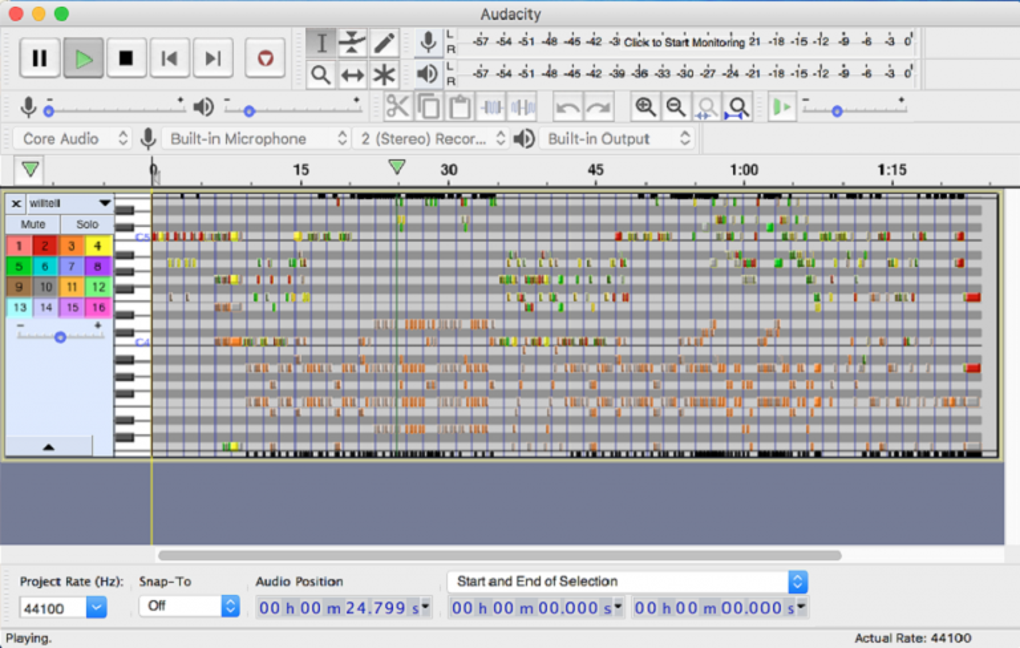

That info, plus support for an in-file metadata label for AI-generated images, is expected to help netizens tell the difference between legit photos and machine-made or faked ones. Google is also, in the coming months we're told, going to add features to its image search system to help people understand where pictures probably first appeared, when those snaps were first indexed, and where else you can find them. "AI is not only a market-enabler, it is also a big platform shift," said Pichai. The evolving Search experience is available to those who sign up for Search Labs. Presenting this result may require further design adjustment as there's only so much information that can be presented on-screen in a coherent way. Presented with the question "what's better for a family with kids under 3 and a dog, Bryce Canyon or Arches?" – a query that in the past would be likely to be carried out as a series of keyword submissions, Edwards observed – Google Search returned AI generated text atop the more familiar stack of sponsored links and search result links.Įssentially, with AI assistance, multiple queries can be handled at once, to deliver a single, recommended answer.

Several of these not-quite-baked capabilities can be tried prior to general release through Search Labs. Pichai said Google is introducing 25 products and features based on PaLM 2.


 0 kommentar(er)
0 kommentar(er)
